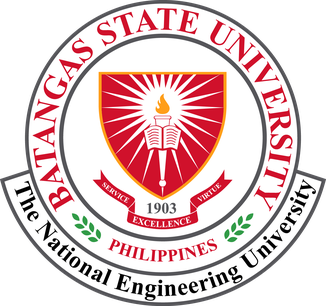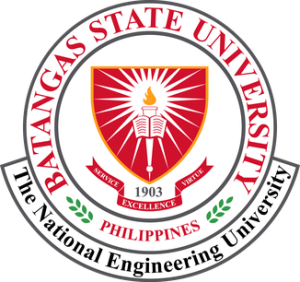The construction industry continues to be one of the primary drivers of a country’s economic progress. As of 2022, the Philippines’ construction sector had an annual growth rate of 9.2% and continues to increase due to the Build! Build! Build! (BBB) program. However, the construction sector is globally known for regularly consuming more raw materials,...
Tag: 9
Facial emotion detection using thermal and visual images based on deep learning techniques
The main objectives of this study are (i) to determine the different emotions, such as happy, anger, neutral, and sad, based on the visual and thermal images for facial expression recognition of healthy individuals; (ii) to train the modified pre-trained models, such as DenseNet-121, ResNet-50, and VGG-19 based on transfer learning technique, using the visual...
Ultrasound-Based Machine Learning-Aided Detection of Uterine Fibroids: Integrating Vision Transformer for Improved Analysis
The primary objective of this study is to segment the uterine fibroids (leiomyoma) from the ultrasound images of the uterus through semantic segmentation, followed by second-order statistical feature extraction using the Gray-level Co-occurrence Matrix (GLCM). The next objective of the study is to compare the performance of the state-of-the-art method namely Vision Transformer (ViT) with...
A Negative Voltage Generator with 4-Stage Configurable Parallel Switching for Smart Window Film Applications
A negative voltage generator was developed that can be used in the drivers of smart window films (SWF), which have typical operating voltages of ±8 to ±10 V. It consists of four Negative Charge Pump (NCP) stages and a 4-phase non-overlapping Clock Generator (CG), where the 4 NCP stages are configurable by external digital signals....
A 92.95%-Efficiency High Voltage Dual-Mode Buck Converter Using0.5-um HV CMOS Process
This paper presents a highly-efficient dual-mode HV (high voltage) buck converter which operates at both light and heavy load currents. For the conversion efficiency to be improved at two different load conditions, the dual-mode design composed of pulse width modulation (PWM) and pulse frequency modulation (PFM) was implemented using TSMC 0.5-µm HV CMOS process. The...
Single-chip DC–DC buck converter design based on PWM with high-efficiency in light load
This research illustrates a DC–DC buck converter with a pulse width modulation (PWM) feedback control loop and capable of power supply voltage range from VDD to 2.5× VDD, which is equivalent to 5–14 V. It is a single chip with area of 1.379 × 0.813 mm² using 0.5 µm HV CMOS process, where high voltage...
Schmitt-Trigger-Based Low Power SRAM Implemented Using 45-nm CMOS Technology
This paper presents a Schmitt-trigger-based SRAM with a separated read port, which significantly improves read static noise margin (RSNM) and consumes low energy. Post-layout simulation results show that the proposed design performed better than the conventional 6T SRAM cell. The SNM of the designed cell is 1.16 mV higher than the conventional 6T SRAM cell...
Coupled Finite Element Method-Boundary Element Method on Microstrip Transmission Line
Combining the Finite Element Method (FEM) and Boundary Element Method (BEM) opened a wide array of solutions for ordinary and partial differential equations deemed helpful for engineers and scientists. These methods were applied in various branches of sciences and engineering, especially in computational electromagnetics. This study used computational software to illustrate the coupled FEM-BEM solution...
Automating mosquito taxonomy by compressing and enhancing a feature fused EfficientNet with knowledge distillation and a novel residual skip block
Identifying lethal vector and non-vector mosquitoes can become difficult for a layperson and sometimes even for experts, considering their visual similarities. Recently, deep learning (DL) became a solution to assist in differentiating the two mosquito types to reduce infections and enhance actions against them. However, the existing methods employed to develop a DL model for...
Technology Foresight for Sensor Applications in the Philippine Manufacturing Industry Through Scenario Building
The advent of the fourth industrial revolution (4IR) offers promising improvements in operational efficiency and profitability for various industries, and can be a key component to leapfrog the many sectors of manufacturing in the Philippines. This will necessitate the reskilling and upskilling of Filipino automation engineers and instrumentation technicians to commission and maintain smart technologies...




